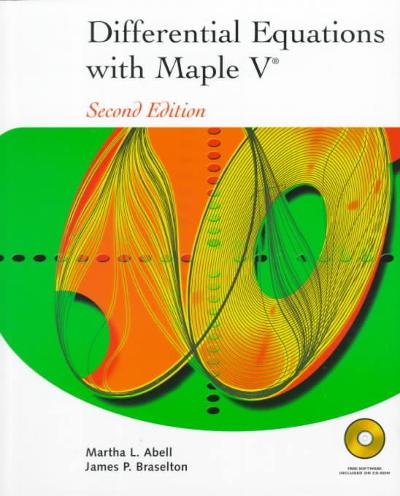Question
You are given an urn containing 30 red balls and 60 other balls that are either black or yellow.You don't know how many black or
You are given an urn containing 30 red balls and 60 other balls that are either black or yellow.You don't know how many black or yellow balls there are, but that the total number of black balls plus the total number of yellow equals 60.The balls are well mixed so that each individual ball is as likely to be drawn as any other.You must make choices for two successive gambles.
First Pick between A and B:
GAMBLE A Receive $100 if you draw a red ball
OR
GAMBLE B Receive $100 if you draw a black ball
Next pick between C and D:
GAMBLE C Receive $100 if you draw a red or yellow ball
OR
GAMBLE D Receive $100 if you draw a black or yellow ball
Using Ellsberg paradox
a)Please provide your own choices for these two gambles. Make sure to state all of your assumptions in making your decision to justify your preferences (this can include quantitative arguments).Grades here will be based on the clarity of your arguments.There is not a strictly right or wrong answer.
b)If you assume that drawing a red ball is more likely than drawing a black ball, explain why you should select GAMBLE A and GAMBLE C?
Step by Step Solution
There are 3 Steps involved in it
Step: 1

Get Instant Access to Expert-Tailored Solutions
See step-by-step solutions with expert insights and AI powered tools for academic success
Step: 2

Step: 3

Ace Your Homework with AI
Get the answers you need in no time with our AI-driven, step-by-step assistance
Get Started


